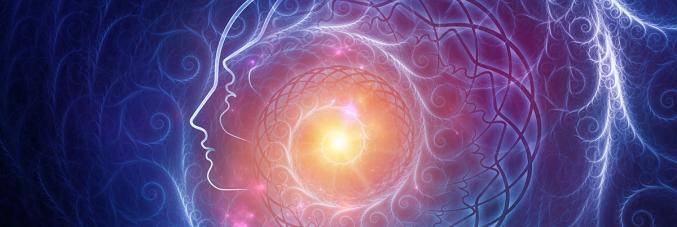
Unipd Research: fractals to study of the disturbance of consciousness
08.08.2022
Accurately diagnosing the disturbance of consciousness is very complex, this is especially true for patients in a vegetative state and minimally consciousness. Neuroimaging and electrophysiological techniques are used alongside behavioral scales to improve diagnostic accuracy. Despite this combined technique, satisfactory diagnostic accuracy cannot be achieved.
A new tool to tackle this challenge comes from chaos theory which states that the fractal dimension greatly improves the accuracy of this diagnosis. Such result are based on the multicenter study led by the University of Padua and published in the International Journal of Neural Systems, Fractal Dimension Feature as a Signature of Severity in Disorders of Consciousness: An EEG Study.
The definition of consciousness still represents one of the most challenging and open questions in neuroscience. Numerous mathematical models have been proposed to help neurologists with this complex diagnosis. The most promising derives from chaos theory known as the fractal dimension. Prof Camillo Porcaro of the University of Padua led a team from various centres (Marco Marino, Simone Carozzo, Miriam Russo, Maria Ursino, Valentina Ruggiero, Carmela Ragno, Stefania Proto, and Paolo Tonin) along with members of the National Council of Research - Institute of Cognitive Sciences and Technologies (CNR-Istc) of Rome – to apply the concepts of fractal dimension on a group of patients in a Vegetative State (VS), those a Minimal State of Consciousness (MCS), and on a control group of healthy volunteers. The results were published in the journalInternational Journal of Neural Systems.
Prof Camillo Porcaro explains, “The algorithm was used to demonstrate the effectiveness of the fractal dimension in classifying the two states of consciousness (VS and MCS) called Higuchi’s Fractal Dimension (HFD). Once the fractal dimension of the brain activity were recorded patients were evaluated by means of electroencephalography (EEG) showing that the fractal dimension is 11 times more effective in diagnosing MCS and LV patients than the electrophysiological techniques normally used in clinical practice. We also used Machine Learning methods to automatically classify MCS patients from LV patients and from the control group, with an accuracy of about 90%.”



